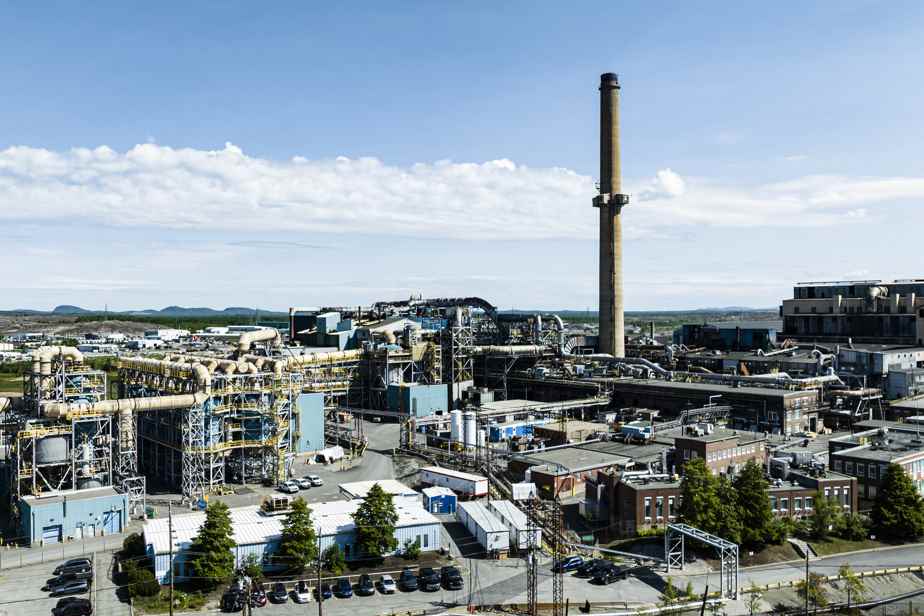The inhabitants of Rouyn-Noranda would have a greater risk of suffering from lung cancer even if the Horne Foundry were subject to the Quebec standard on arsenic emissions, concludes the National Institute of Public Health of Quebec (INSPQ ).
Posted at 10:07 a.m.
Updated at 11:07 a.m.
What you need to know
- Arsenic emissions from the Horne smelter in Rouyn-Noranda increased in 2021 compared to 2020 and continue to greatly exceed the legal standard;
- The College of Physicians has asked Prime Minister François Legault to act;
- Dr. Horacio Arruda met with smelter officials on September 26, 2019, before having an appendix referring to the link between arsenic emissions and cancer cases in the city removed from a document that was to be made public;
- According to Prime Minister François Legault, the Dr Horacio Arruda acted “completely autonomously” when he had this data removed;
- The Horne Foundry will have to establish a plan to reduce its arsenic emissions “to a level that is safe for the population” of Rouyn-Noranda, failing which Quebec could order its closure, said François Legault;
- The Horne smelter’s action plan to reduce arsenic exposure was approved by Quebec in 2021.

The organization unveiled on Wednesday the results of the assessment of the carcinogenic risk attributable to the concentrations of arsenic and cadmium in the air of the city of Rouyn-Noranda, commissioned in July 2021 by the Regional Public Health Department of the Abitibi-Témiscamingue.
In particular, we learn that there would be between 6.7 and 288 additional cases of lung cancer per million inhabitants if the concentrations of arsenic in the air of the city were reduced to 3 nanograms per cubic meter of air ( ng/m3), which corresponds to the Quebec standard.
By maintaining concentrations at their 2018 level of 165 ng/m3the number of additional lung cancer cases would be 13 to 554 per million population.
Reduced to the population of the center of Rouyn-Noranda, which is 23,000 people, this represents 1 to 14 more cases than for a population not exposed to such concentrations of contaminants.
These calculations are based on an exposure scenario of 24 hours a day, 7 days a week, for 70 years.
More details to come.

